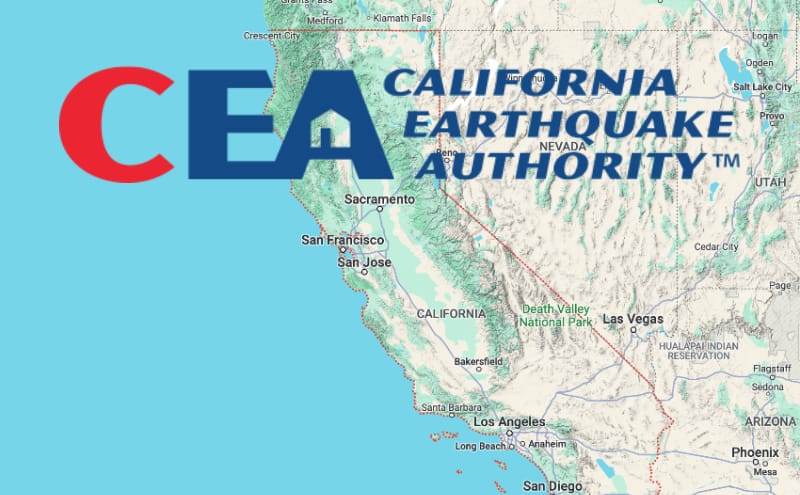CEA lifts claims-paying capacity as risk transfer program stabilises: AM Best

The California Earthquake Authority (CEA) is said to have stabilised its risk transfer and reinsurance program, while increasing its claims paying capacity to the 1-in-365-year return period, as of January 1st 2024, according to rating agency AM Best.
AM Best has revised the outlook on the CEA’s Long-Term Issuer Credit Rating to stable from negative, while affirming its ratings, citing a stabilised risk transfer program as a driver.
As a reminder, we most recently reported that the CEA had $9.26 billion of reinsurance and risk transfer in-force at November 1st 2023.
The CEA’s tower consisted of almost $2.4 billion of catastrophe bonds at that time, with the remaining $6.87 billion made up of traditional and collateralized reinsurance contracts.
At that time, the CEA had some cat bonds due to mature and others that were issued in December, its most recent being the $650 million Ursa Re Ltd. (Series 2023-3).
As we said, at the key January 2024 reinsurance renewals, which is the CEA’s largest syndicated placement of the year, some $2.2 billion of the reinsurance contracts in-force are due to expire, meaning a significant new purchase of coverage was required.
Now, AM Best has made its rating comments based on the CEA’s claims paying capacity at January 1st 2024, which presumably includes the renewal arrangements and has said that the claims paying capacity increased and its risk transfer program was more stable.
Which suggests that the CEA had a strong result at the renewals and may even have purchased more limit than was expiring, which would have helped on the claims paying capacity front.
Now, the CEA has not disclosed its reinsurance tower since that November 1st 2023 document we had seen, so we can’t say for certain how the program may have changed.
But, AM Best said the improvement in the outlook to stable, “Reflects improvement in CEA’s balance sheet strength due to increased risk-adjusted capitalization as measured by Best’s Capital Adequacy Ratio (BCAR).
“The increase in risk-adjusted capitalization was driven by improvement in CEA’s claims-paying capacity to a modeled 1-in-365-year return period as of Jan. 1, 2024, from a modeled 1-in-360-year return period as of Jan. 1, 2023, at the time of AM Best’s previous annual rating review.
“This improvement was attributable to stabilization of CEA’s risk transfer program, as well as tempering of exposure growth.”
The CEA has worked to slow the growth in its exposure, which had been running higher at pace before and driving a reduction in its claims paying capacity, as well as concerns over how to cover the exposure growth that was being experienced.
The CEA’s Board had previously voted to buy sufficient risk transfer to support claim-paying capacity at no less than the 1-in-350 year level and no greater than the 1-in-500 year level, which was lower than the previous threshold of above 1-in-400.
AM Best had downgraded the California Earthquake Authority’s ratings and turned the outlook to negative back in early 2023, citing exposure growth and reduced reinsurance availability as key challenges for the insurer.
But now the picture has clearly improved, which may be down to the stabilisation of the reinsurance market over the second-half of 2023 and into the January 2024 renewals.
It will be interesting to see where the risk transfer and reinsurance program sits at the next update and whether the CEA did buy more reinsurance at the 1/1 renewals to grow the tower at all, or simply renewed the expiring covers at similar terms.
As a reminder, the CEA’s reinsurance tower had shrunk to around $8.2 billion after the challenging January 2023 renewal, significantly down on the $9.44 billion high it reached at the end of 2021. So in reaching $9.26 billion again by November 1st, the program was already firmly heading in the right direction at that stage.
The CEA still has has $2.27 billion of outstanding catastrophe bond coverage, as you can see in our cat bond sponsors leaderboard where the CEA positions 4th currently.






